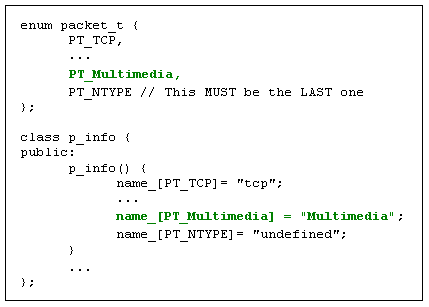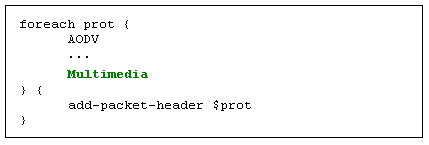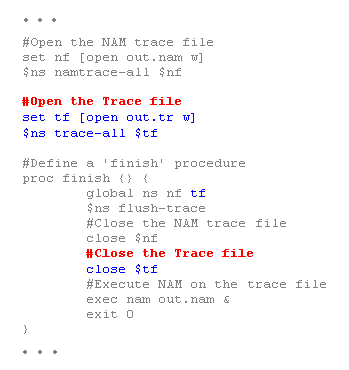NS2.34
·
Use following link in your browser (ctrl+click
following link)
·
After
page was loaded it will directly download (in some browser download
dialogue box will open)
==========================================
Utorrent
download
·
Use following link in your browser (ctrl+click
following link)
It will Start Download.
Install the downloaded file
==================================================
VMware
Workstation download
Use following link in your browser (ctrl+click
following link)
· It will start download torrent file. After finished downloading double click on it.
·
Next window will be open as below Click “OK” as
shown below, Torrent will start download the “VMware Workstation9”
·
After
Finishing download start Install
===============================
:
Redhat Linux 32bit Download
·
Use following link in your browser (ctrl+click
following link)
·
·
It will start download the torrent link. After
downloaded double click on link
·
It will start download the file.
=============================================
Redhat Linux 64bit Download
·
Use following link in your browser (ctrl+click
following link)
·
·
It will start download the torrent link. After
downloaded double click on link
·
It will start download the file
=======================================
Ubuntu Linux 32bit Download
·
Use following link in your browser (ctrl+click
following link)
·
·
It will start download the torrent link. After
downloaded double click on link
·
It will start download the file
Ubuntu Linux 64bit Download
·
Use following link in your browser (ctrl+click
following link)
·
·
It will start download the torrent link. After
downloaded double click on link
·
It will start download the file
==============================================
CentOS Linux 32bit Download
·
Use following link in your browser (ctrl+click
following link)
·
It will start download the torrent link. After
downloaded double click on link
·
It will start download the file
=============================================
CentOS Linux 64bit Download
·
Use following link in your browser (ctrl+click
following link)
·
It will start download the torrent link. After
downloaded double click on link
·
It will start download the file
Fedora Linux 32bit Download
·
Use following link in your browser (ctrl+click
following link)
· It will start download the torrent link. After
downloaded double click on link
·
It will start download the file
===============================================
Fedora Linux 64bit Download
·
Use following link in your browser (ctrl+click
following link)
· It will start download the torrent link. After
downloaded double click on link
·
It will start download the file
======================================














